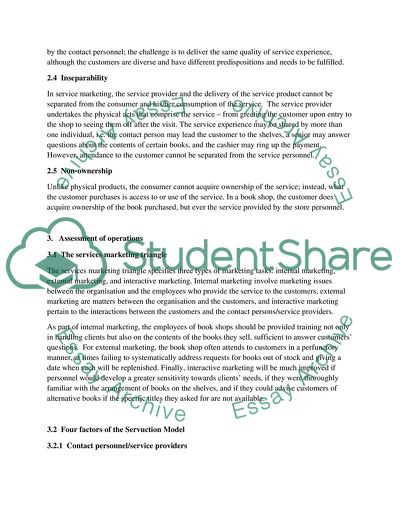Cite this document
(The Marketing of Services Essay Example | Topics and Well Written Essays - 1750 words - 1, n.d.)
The Marketing of Services Essay Example | Topics and Well Written Essays - 1750 words - 1. https://studentshare.org/marketing/1864388-the-marketing-of-services
The Marketing of Services Essay Example | Topics and Well Written Essays - 1750 words - 1. https://studentshare.org/marketing/1864388-the-marketing-of-services
(The Marketing of Services Essay Example | Topics and Well Written Essays - 1750 Words - 1)
The Marketing of Services Essay Example | Topics and Well Written Essays - 1750 Words - 1. https://studentshare.org/marketing/1864388-the-marketing-of-services.
The Marketing of Services Essay Example | Topics and Well Written Essays - 1750 Words - 1. https://studentshare.org/marketing/1864388-the-marketing-of-services.
“The Marketing of Services Essay Example | Topics and Well Written Essays - 1750 Words - 1”. https://studentshare.org/marketing/1864388-the-marketing-of-services.


